The Buick GNX came at a time when muscle cars were supposed to be dead. Built for just one year in 1987, it was Buick’s final sendoff to the turbocharged Grand National—and it didn’t hold back. With sinister looks and Corvette-beating performance, the GNX became one of the most shocking muscle cars of its time. More than three decades later, it’s still talked about with reverence. Here’s a look at why the GNX hasn’t lost its edge.
It Was Faster Than a Corvette
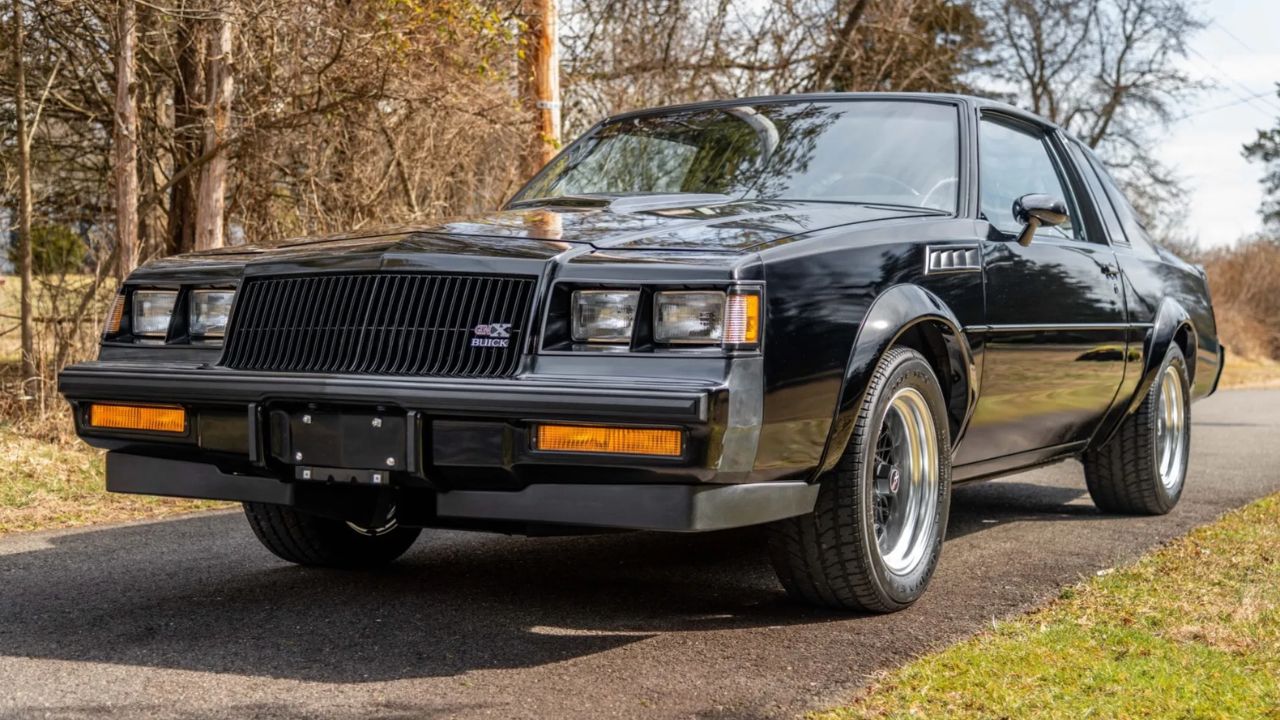
When the GNX debuted, it surprised just about everyone by being quicker than the Corvette. Car and Driver clocked it doing 0–60 in 4.6 seconds, which was a serious number for the late ’80s. It made 276 horsepower and 360 lb-ft of torque, though many believe those numbers were sandbagged. Buick’s own flagship sports car suddenly wasn’t the fastest thing GM built—and that made waves.
ASC McLaren Took It Further

The GNX wasn’t just a trim package. Buick handed the cars off to ASC/McLaren for significant performance upgrades. The suspension was revised, a Garrett turbo with a ceramic impeller was added, and a larger intercooler made the most of every PSI. Rear suspension geometry was also tweaked with a torque arm setup. These weren’t cosmetic changes—they transformed how the car launched, turned, and stopped.
Only 547 Were Built
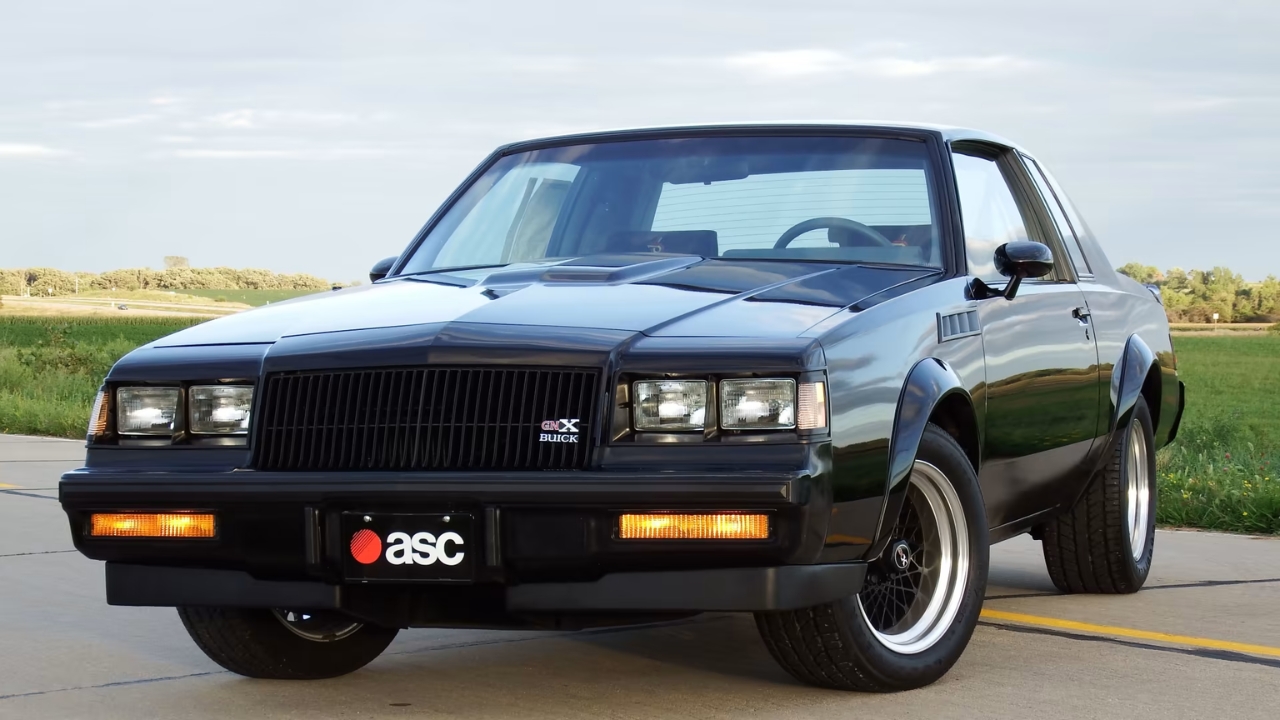
One reason the GNX holds its value is scarcity. Buick made just 547 examples, all in black, and all for the 1987 model year. Each one had a numbered plaque on the dash. The limited production wasn’t just for exclusivity—it was a conscious decision to end the G-body performance line on a high note. The rarity means surviving GNXs are highly collectible, especially unmodified examples.
It Was Quiet, But Brutal

One of the GNX’s stranger traits was its ability to fly under the radar. There were no loud exhaust notes or flashy spoilers—just a menacing presence and blacked-out trim. It wasn’t loud or showy, but it could outrun just about anything in its class. That stealth performance made it especially cool, and it gave the car an attitude more aligned with muscle than flash.
The Turbo V6 Was a Statement
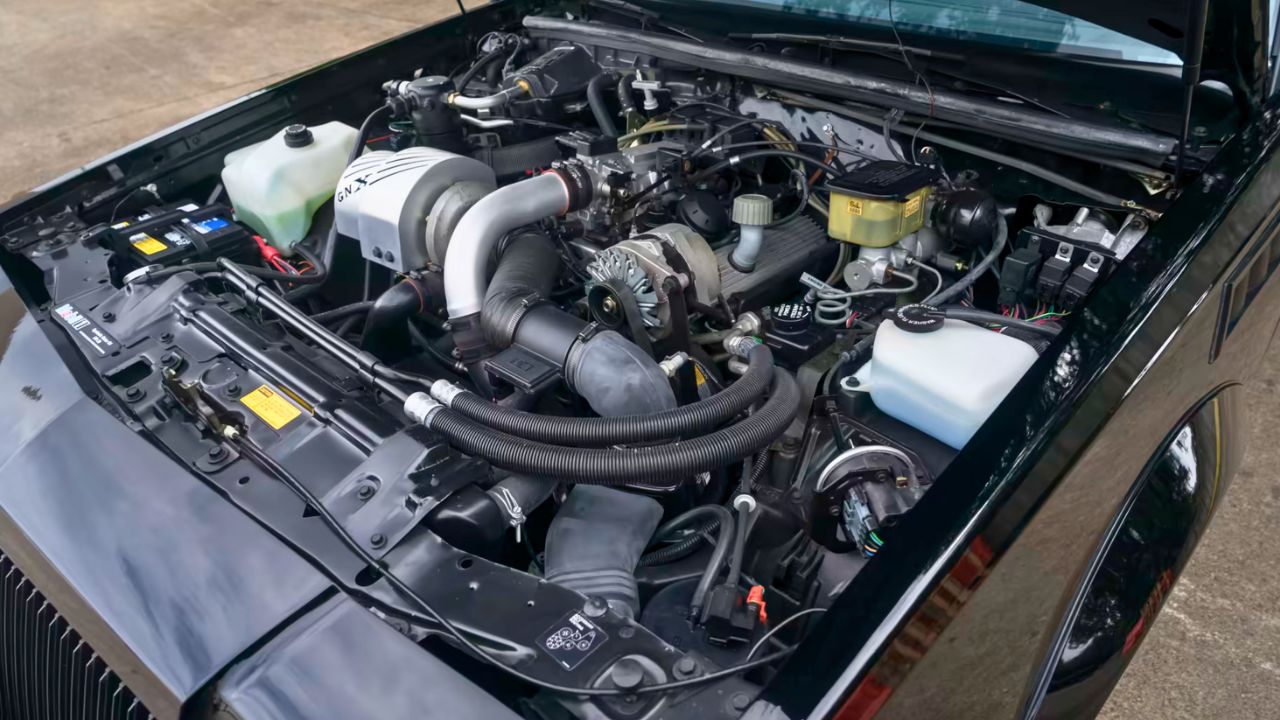
While V8s were still the norm, the GNX made its mark with a turbocharged 3.8-liter V6. It was a gamble in a market used to displacement and cylinders. But the engine was stout, and it delivered low-end torque that made the GNX feel violent off the line. With sequential fuel injection and a high-performance transmission, the powertrain proved Buick could do performance differently.
It Destroyed Expectations for a Buick
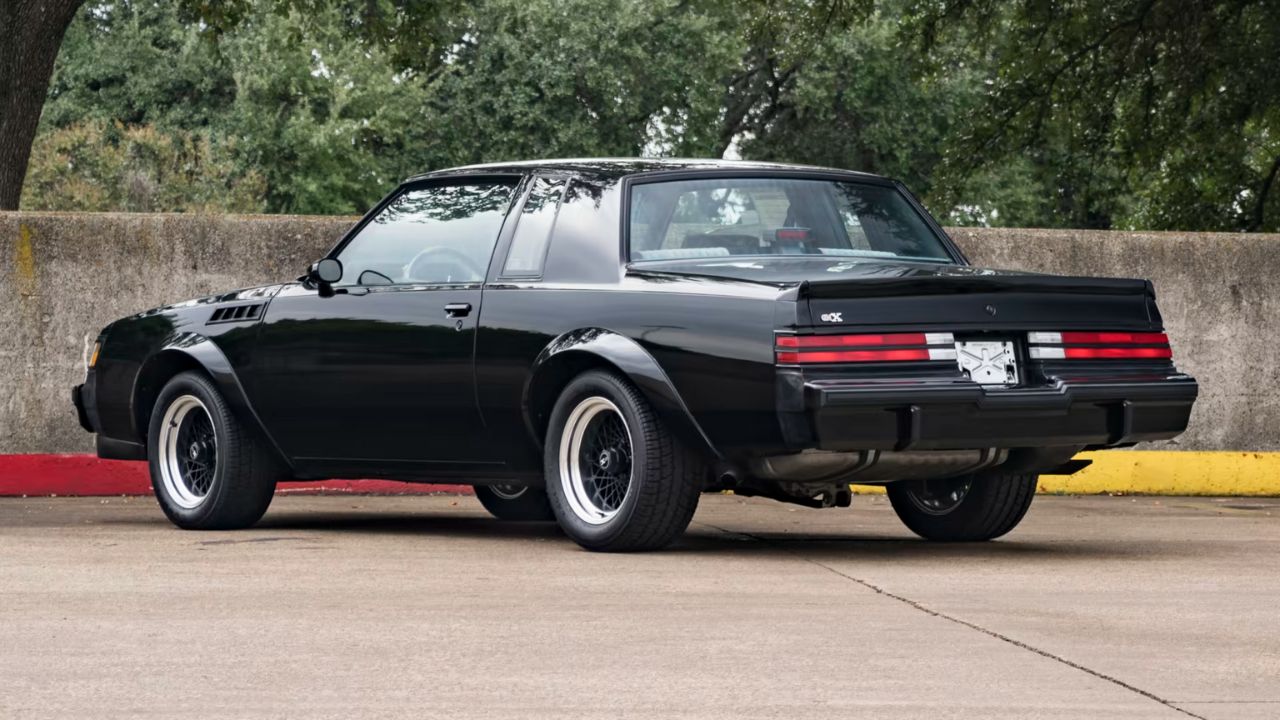
In the ’80s, Buick had a reputation for luxury sedans and retirees. The GNX flipped that on its head. It made people take another look at what the brand could do. No one expected a Buick to be a factory-built street bruiser, and that surprise factor made it memorable. It showed that performance could come from unexpected places—and that stuck.
It Wasn’t Cheap for Its Time
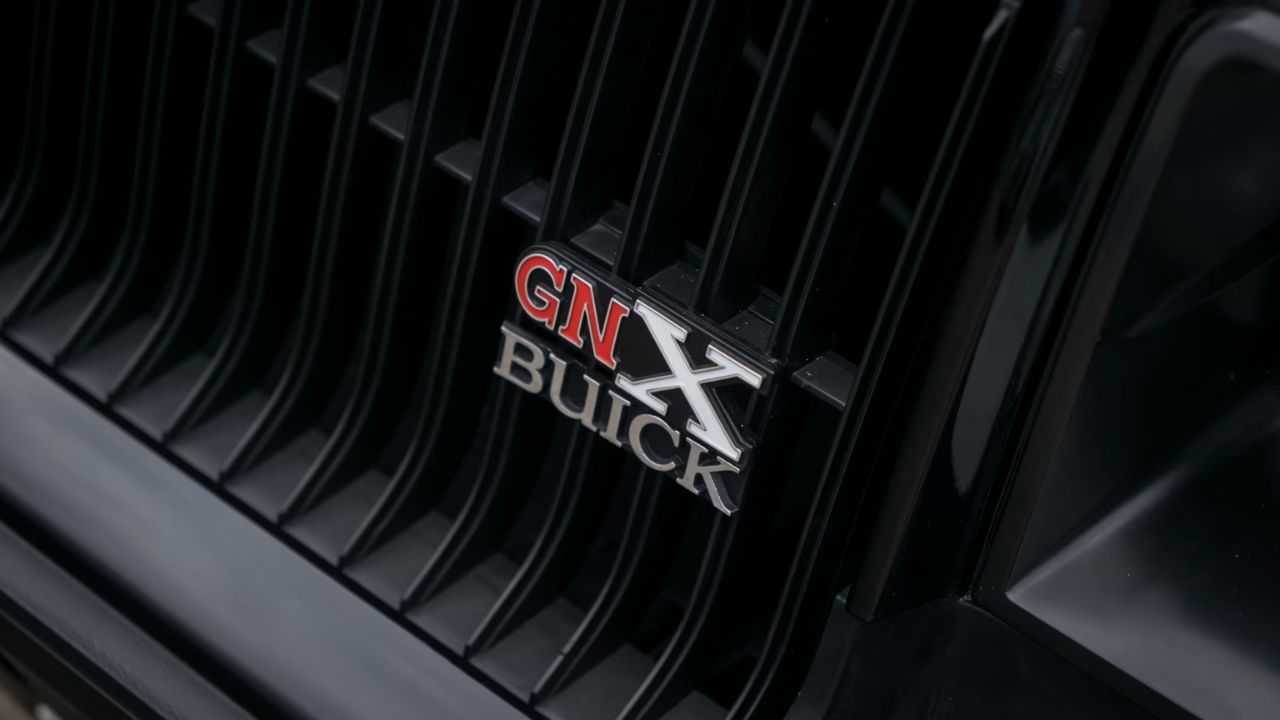
At $29,900 in 1987, the GNX wasn’t priced like a typical Buick. It cost significantly more than a Grand National and even more than some base Corvettes. But it offered serious performance in return. Today, that price looks like a bargain, especially when you consider what clean GNXs command at auction. It was expensive then, but the long-term payoff was worth it.
It Helped Define the Turbo Era
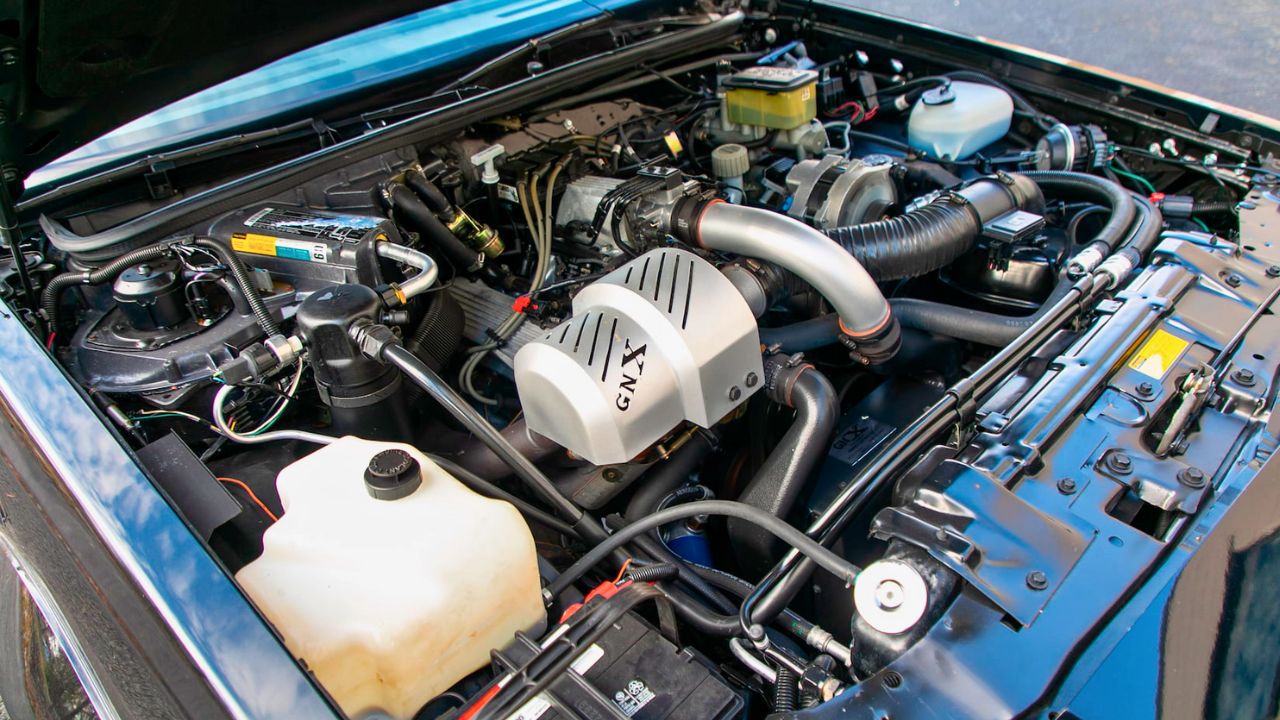
The GNX played a role in helping legitimize turbocharging for American cars. At a time when turbos were still somewhat rare outside European and Japanese models, Buick showed that forced induction wasn’t just for economy. The GNX’s power and consistency gave turbos a better reputation—and that influence can still be seen in today’s crop of boosted muscle and sport sedans.
Collectors Still Hunt Them

Because so few were made and because so many were stored rather than driven, the GNX has remained a hot item in the collector market. Well-preserved cars have sold for over $200,000. Documentation matters, as does originality. It’s become one of those cars people regret not buying when it was more affordable—and that nostalgia fuels its continued relevance.
Its Legacy Outlived the Brand

Even after Buick walked away from performance and eventually dropped sedans in favor of crossovers, the GNX remained a benchmark. It’s often referenced in discussions of GM’s most significant performance cars, right alongside the Corvette ZR1 and LS6 Chevelle. The GNX proved that Buick could build a true muscle car—and nothing else they’ve made since has touched its legacy.
Like Fast Lane Only’s content? Be sure to follow us.
Here’s more from us:





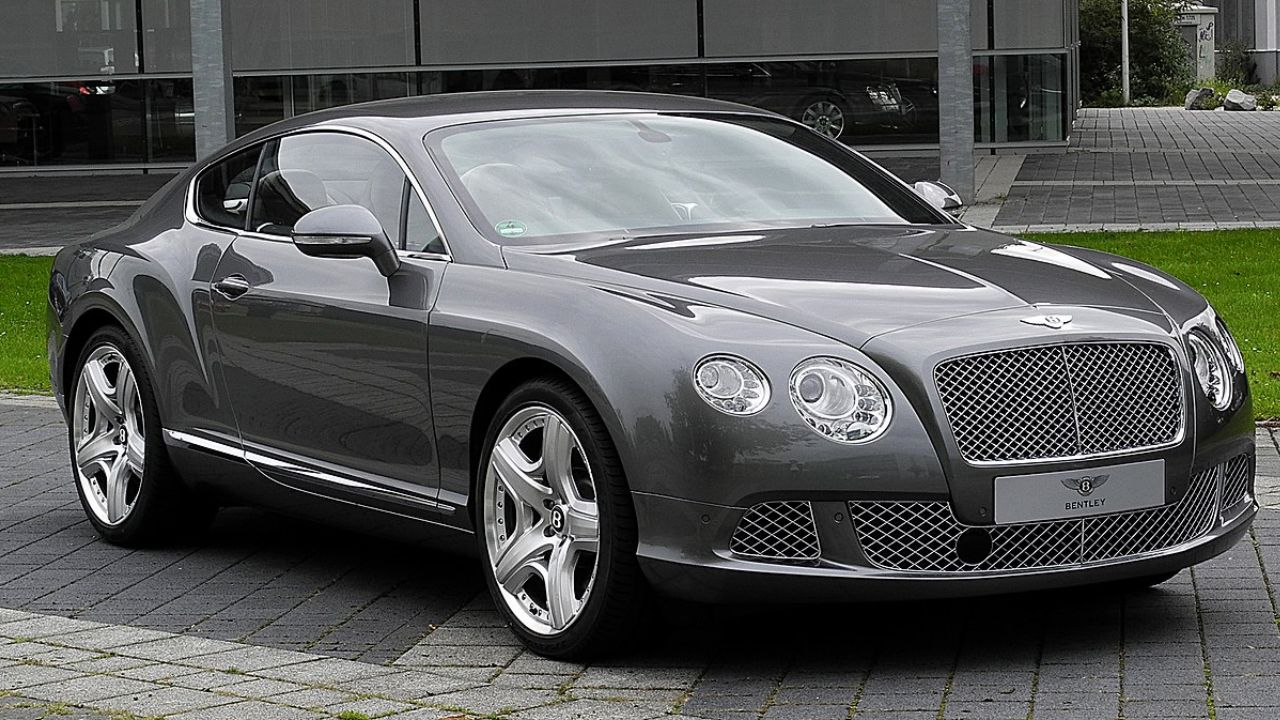

Leave a Reply